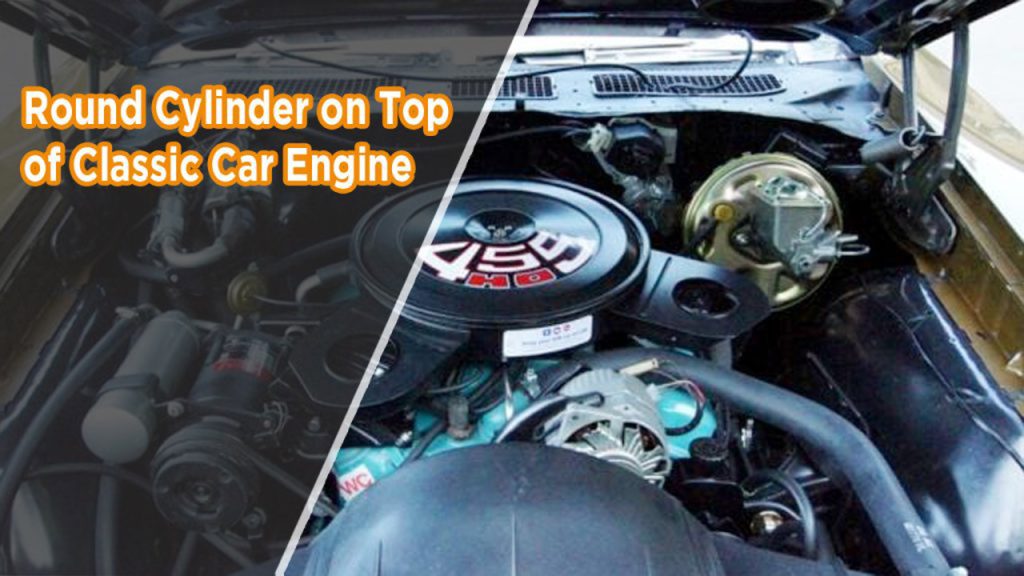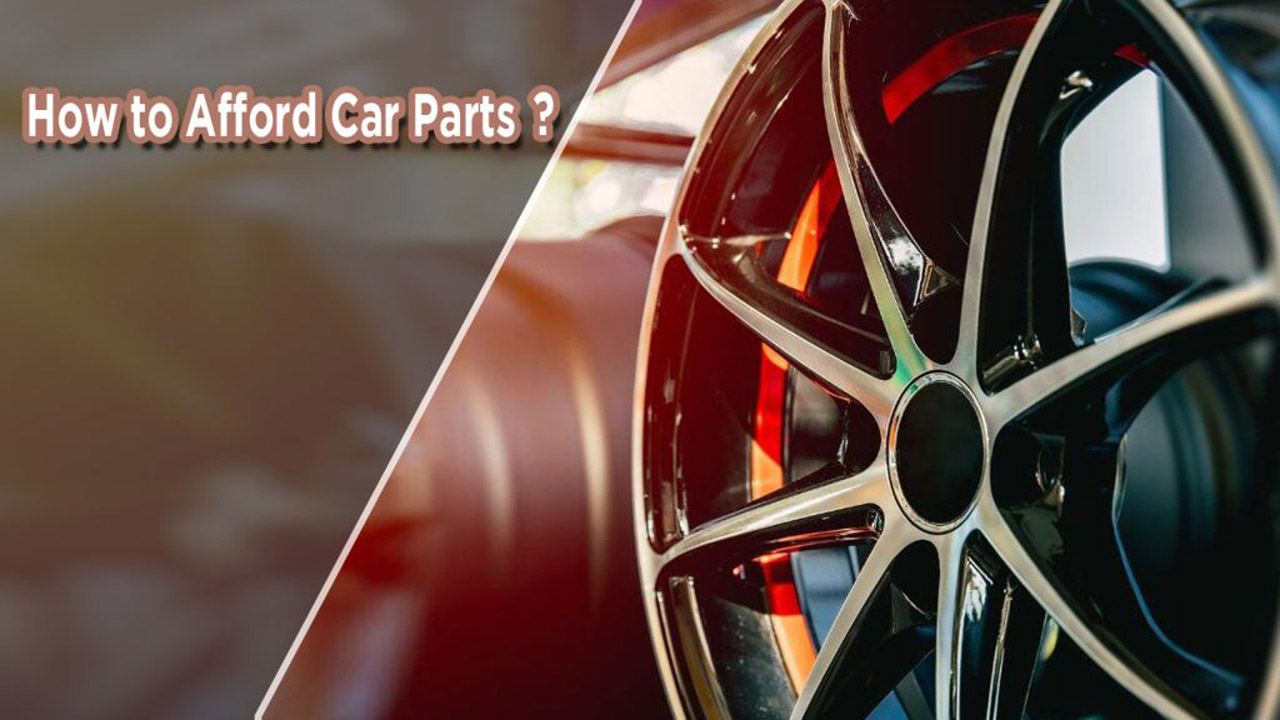If you’ve ever admired a classic car engine, you might have noticed a large round cylinder sitting prominently on top. This component is both functional and iconic, often a staple of vintage car design. At first glance, it might seem like a decorative feature, but it plays a vital role in how the engine operates.

When I first dove into the world of classic cars, I was curious about this feature too. It turns out, this round cylinder, typically the air cleaner or air filter housing, is a crucial part of the engine. It ensures the engine breathes clean air, which is essential for optimal performance. Let’s take a closer look at what it does, why it’s important, and how it enhances the functionality of a classic car engine.
About Round Cylinder
The round cylinder on top of a classic car engine is usually the air cleaner assembly. It houses the air filter, which cleans the air before it enters the engine for combustion. Clean air is critical for efficient fuel burning and overall engine health.
Why Is the Air Cleaner Round?
The classic round shape is not just for aesthetics; it serves a purpose:
- Efficient Airflow: The circular design allows for even distribution of air around the filter, ensuring maximum filtration.
- Space Utilization: The round shape fits perfectly over carburetors, common in older cars.
- Classic Design: It complements the vintage look of classic car engines.
How Does the Air Cleaner Work?
Here’s a simplified explanation of its function:
- Air Intake: The air cleaner pulls in air from the surroundings.
- Filtration: The air passes through a filter, which traps dirt, debris, and other contaminants.
- Clean Air Delivery: The filtered air enters the carburetor or fuel injection system for combustion.
Components of a Classic Car Air Cleaner
An air cleaner might seem simple, but it’s made up of several key parts:
| Component | Function |
|---|---|
| Housing | Protects the air filter and keeps debris out. |
| Air Filter | Traps dirt, dust, and particles to ensure only clean air reaches the engine. |
| Cover Lid | Seals the housing and maintains a snug fit over the filter. |
| Breather Tube | Allows ventilation to prevent pressure buildup inside the engine. |
| Wing Nut | Secures the lid in place, allowing easy removal for maintenance. |
Why Is the Air Cleaner Important?
The air cleaner is more than just an accessory. Here’s why it’s crucial:
Protects the Engine
Engines need clean air for combustion. Dirt and debris can damage internal components, leading to reduced performance and costly repairs.
Improves Efficiency
A well-functioning air cleaner ensures a proper air-to-fuel ratio, which optimizes fuel combustion and enhances mileage.
Reduces Emissions
By ensuring clean air enters the engine, the air cleaner helps reduce harmful emissions, making the car more environmentally friendly.
Types of Air Cleaners on Classic Cars
Different classic cars use varying air cleaner designs based on their engines and performance needs.
Paper Element Air Cleaners
These are the most common and affordable. They use pleated paper to filter air.
- Pros: Effective and replaceable.
- Cons: Can become clogged over time.
Foam Air Cleaners
Foam filters are lightweight and reusable.
- Pros: Washable and reusable.
- Cons: Less effective in filtering fine particles.
Oil Bath Air Cleaners
Found on older classics, these use oil to trap dirt and debris.
- Pros: Durable and effective in dusty conditions.
- Cons: Requires regular cleaning and maintenance.
Common Problems with Air Cleaners
Even though air cleaners are reliable, they can develop issues over time:
Clogged Filters
- Problem: Reduced airflow to the engine.
- Solution: Replace or clean the filter regularly.
Cracked Housing
- Problem: Allows unfiltered air to enter the engine.
- Solution: Inspect and replace damaged parts promptly.
Loose Fittings
- Problem: Leads to poor sealing and air leaks.
- Solution: Tighten all components and check for wear.
Maintenance Tips for Classic Car Air Cleaners
Taking care of the air cleaner is simple and pays off in the long run:
Inspect Regularly
Check the filter and housing for dirt, cracks, or other damage.
Replace or Clean the Filter
- Replace paper filters as recommended by the manufacturer.
- Clean foam or oil bath filters to maintain efficiency.
Keep It Secure
Ensure the air cleaner is properly mounted to avoid vibrations and air leaks.
Upgrading the Air Cleaner
If you’re restoring or upgrading a classic car, consider modern air cleaner options that improve performance without compromising the vintage look.
- High-Performance Filters: Boost airflow and filtration.
- Custom Covers: Add a personalized touch to your engine bay.
- Heat Shields: Protect the air cleaner from engine heat for better efficiency.
Fun Facts About Air Cleaners on Classic Cars
- Many classic cars have chrome-plated air cleaner covers, adding a touch of style to the engine bay.
- Some air cleaners have unique designs, like dual snorkels or embossed logos, reflecting the car’s brand identity.
- In muscle cars, high-performance air cleaners are often paired with hood scoops to maximize airflow.
Why Do Some Modern Cars Not Have Round Air Cleaners?
Modern cars have moved away from round air cleaners because of advancements in engine design:
- Fuel Injection Systems: These eliminate the need for carburetors, requiring different air intake designs.
- Compact Engine Bays: Modern cars have less space, leading to sleeker air filter housings.
Conclusion
The round cylinder on top of a classic car engine might seem simple, but it’s a vital component for the car’s performance and longevity. From protecting the engine to improving efficiency, the air cleaner plays an essential role in keeping your classic car running smoothly.
If you’re maintaining or restoring a classic car, give the air cleaner the attention it deserves. A clean and functional air cleaner not only ensures your engine performs at its best but also adds to the timeless charm of your car.
So, next time you admire a classic car engine, take a moment to appreciate that iconic round cylinder—it’s more than just a piece of metal; it’s a testament to thoughtful engineering and design.
FAQs
What is the purpose of the round air cleaner on classic car engines?
The air cleaner filters dirt and debris from the air before it enters the engine, ensuring clean combustion and protecting engine components.
How often should I replace the air filter in a classic car?
For paper filters, replace them every 12,000-15,000 miles or as recommended by the manufacturer. Clean foam or oil bath filters regularly.
Can I upgrade the air cleaner on my classic car?
Yes, you can upgrade to high-performance filters or custom covers to enhance airflow and style.
Why are classic car air cleaners round?
The round design evenly distributes airflow and fits perfectly over the carburetor, a common feature in vintage engines.
What happens if the air cleaner is damaged or missing?
A damaged or missing air cleaner allows unfiltered air into the engine, which can cause wear, reduce performance, and increase emissions.
 Automobile Solutions
Automobile Solutions
